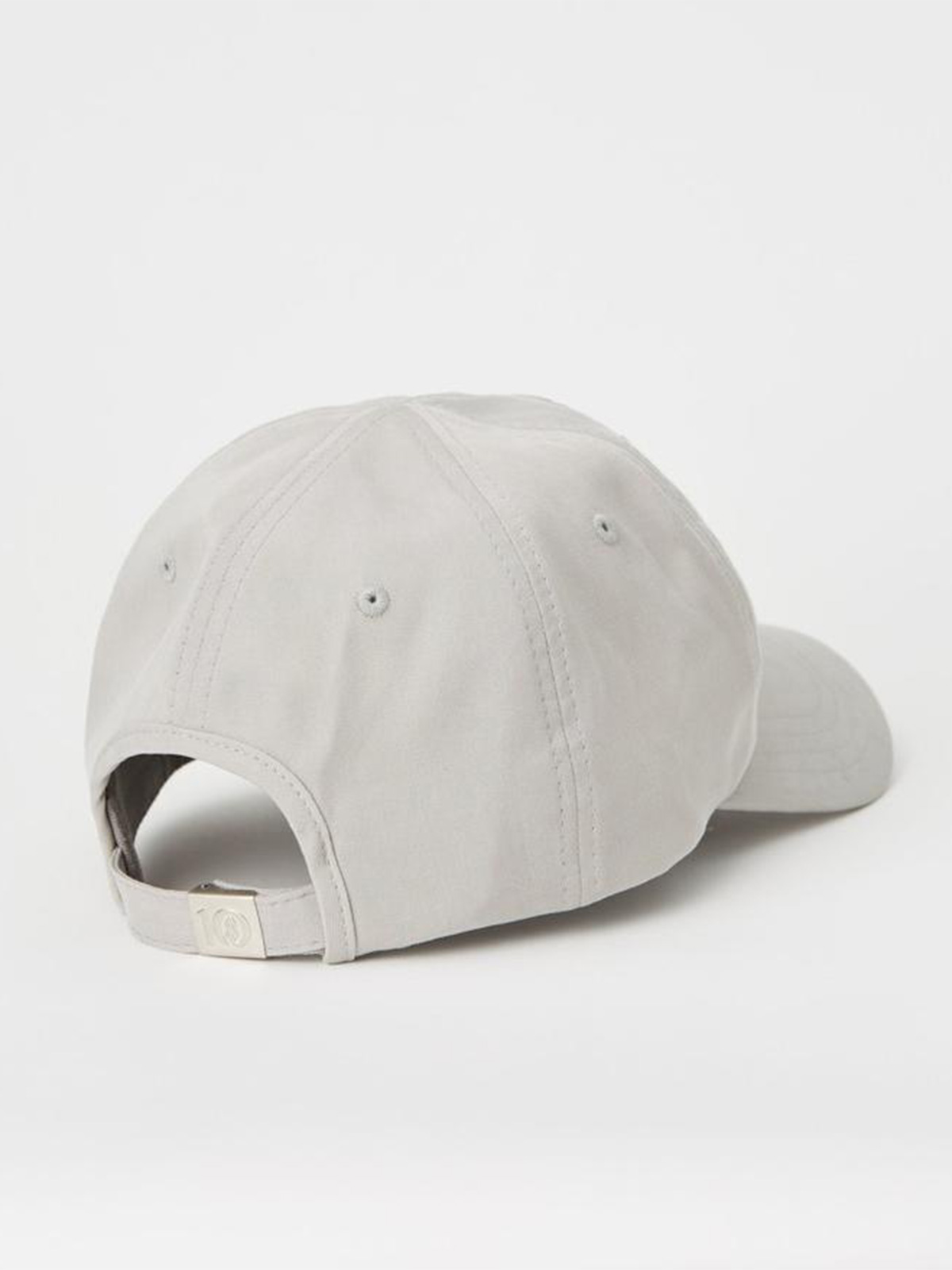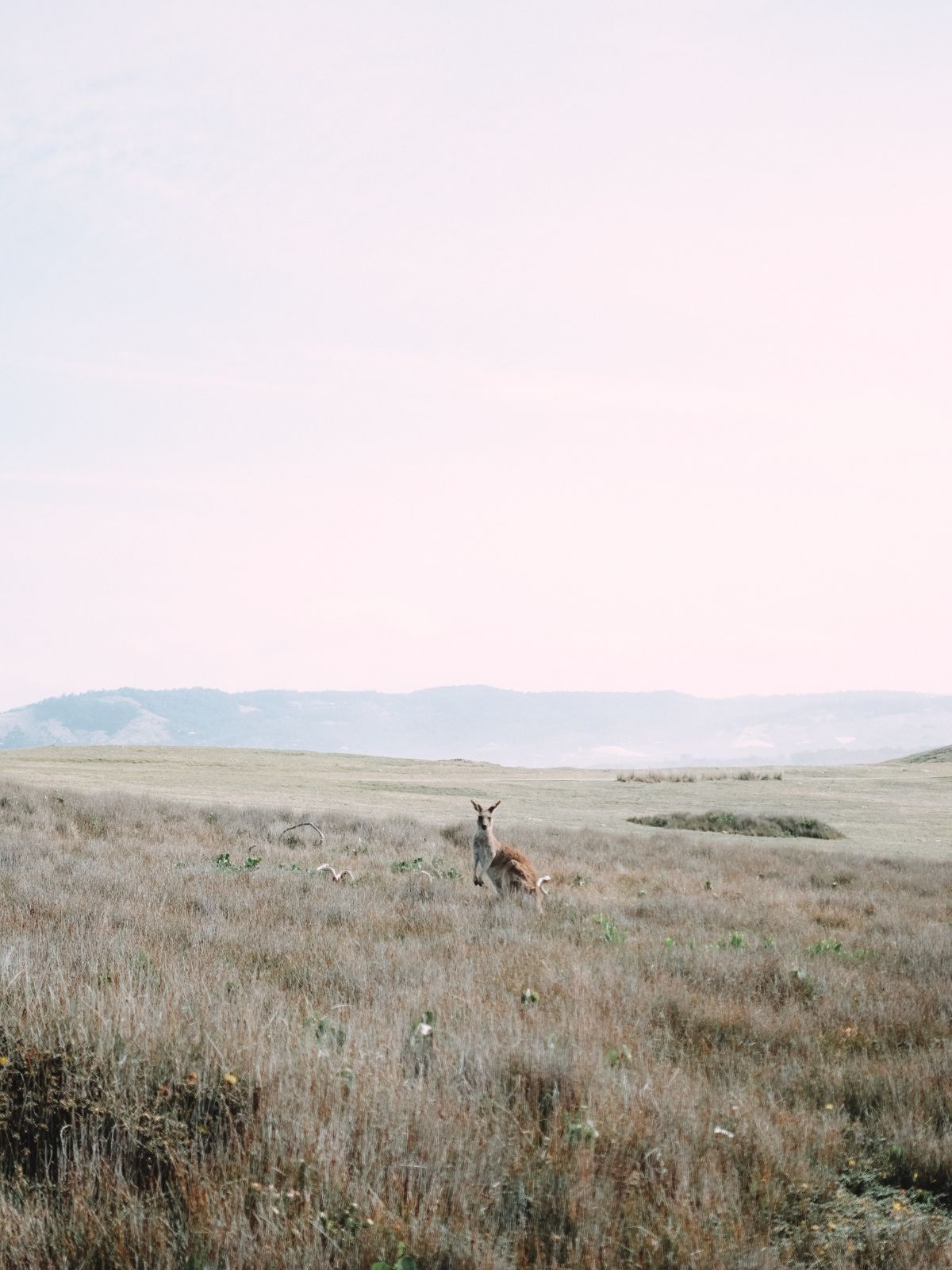You won’t believe what’s new in sustainable fashion…
In an industry constantly at the forefront of trends and style, it’s no surprise that the fashion industry is jumping on fresh innovations to reduce carbon footprints, by using eco-friendly and sustainable fabrics. From high-street retailers, such as H&M to high-end fashiond designers, like Stella McCartney, fashion houses are loving new materials that are both planet and people friendly.
Fish skin, eel skin, vegetable leather, spider silks and fabrics made out of fruit are hitting the catwalks and gracing the covers of Vogue.
A little more than curious about how your snapper fillet might be used to craft your future handbag? We were too!
Fish and eel leather
One of the most prominent of these new materials is fish and eel leather; designed to replace other animal leather, which is one of the main waste contributors in the industry and has many questionable animal rights practices.
Fish and eel skins are usually thrown out after being separated from the flesh, so it’s easy to reclaim and reuse. Many labels now use it to make handbags, clothing and even furniture. Even designers such as Nike, Prada and Dior are using it!
But why should you start wearing fish and eel leather?
Now, we know the thought of wearing fish and eel skins may make you a little squeamish, but if you knew that this leather was one of the most durable, insulating and eco-friendly materials used in the fashion industry, would that change your mind?
Fish and eel leather can be removed manually from the animal, avoiding the use of harsh chemicals that are usually associated with normal leather. And, just like other leathers, it can be dyed any colour and ages just as well too! And we haven’t even mentioned yet that by buying fish and eel leathers instead of other animal leathers, you will be avoiding direct and indirect support of the inhumane practices by unethical leather companies that often source the skins illegally and cruelly. Read more about the leather industry in our guide to the Hidden Costs of Leather.
We’re convinced, and if you are too, check out designers Heidi & Adèle, who are leading the fish and eel skin movement with their beautiful handbags and accessories.
Pinatex
Pinatex is an innovative leathermade entirely out of pineapple leave, which are usually thrown away in the fruit industry. The fibres of the leaves are dried and fused together to become a natural leather.
Footwear labels Puma and Camper are experimenting with Pinatex to make products that are friendlier to the environment.
Other than being extremely cost-effective (at just AU$35 per metre instead of about $60 for traditional leather), this fabric doesn’t use the toxic chemicals that are usually used in leather production, so it’s better for your health and the environment. The leather is also vegan friendly. And who wouldn’t love telling people that you’re wearing a pineapple?
Qmonos
Qmonos is a synthetic spider silk, created through the fusion of spider silk genes and microbes. The silk created is five times stronger than steel, the toughest fibre in nature, but is extremely lightweight and more flexible than nylon.
Synthetic spider silk might just be the most versatile and durable material to hit the fashion world.
The manufacturing process avoids the danger and impracticability of dealing with the spiders themselves – territorial insects that are not easily farmed. And who isn’t a little freaked out by spiders?!
Although the silk has not yet been used by designers, this material is definitely a product for the future, with scientists manufacturing this stunning silk dress as a proof-of-concept to show the flexibility of the fabric.



















